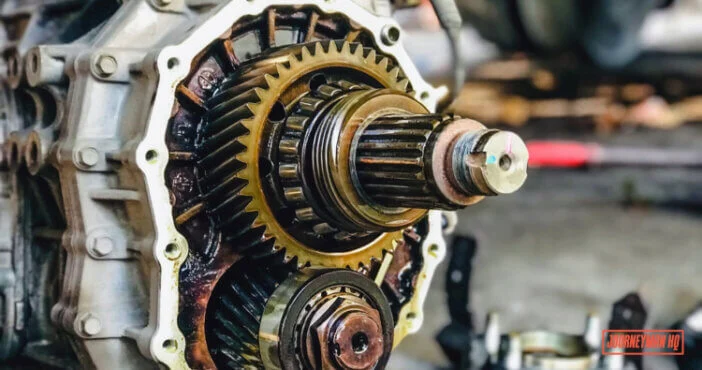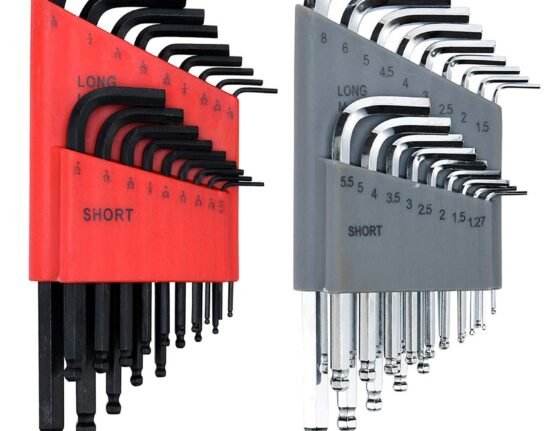Transmission jacks are vital tools for safely removing, installing, and servicing vehicle transmissions. These specialized jacks are designed to support the heavy weight of transmissions while providing precise control during lifting and lowering. Whether you’re a professional mechanic or handling repairs in a home garage, investing in the right transmission jack enhances safety and efficiency.
A quality transmission jack reduces the risk of injury and equipment damage by offering stability and ease of maneuvering. With various models available, understanding their differences and key features is essential for making an informed choice.
Types of Transmission Jacks
Selecting the right transmission jack depends on your workspace, the type of vehicle you’re working on, and the load capacity required. Here are the main types of transmission jacks:
- Low-Profile Transmission Jacks: Designed for vehicles with low ground clearance, these jacks are ideal for working under compact cars and sports vehicles. Their slim design allows access to tight spaces.
- High-Lift Transmission Jacks: Suitable for vehicles on lifts or stands, these jacks provide extended vertical reach. They are commonly used in professional workshops where vehicles are elevated for repairs.
- Telescoping Transmission Jacks: Featuring an adjustable height range, telescoping jacks offer versatility for working on a variety of vehicles. They are ideal for both low and high-clearance applications.
- Hydraulic Transmission Jacks: Powered by hydraulic systems, these jacks provide smooth and precise lifting. They are known for their durability and ability to handle heavy-duty transmissions with ease.
Key Factors to Consider When Choosing a Transmission Jack
When selecting a transmission jack, focus on features that ensure safe handling and operational efficiency. Consider these critical factors:
Load Capacity
Ensure the jack’s load capacity exceeds the transmission’s weight. Standard passenger vehicle transmissions typically require a jack with a 500 to 1,000-pound capacity. Heavy-duty trucks or industrial vehicles may need a jack with a capacity of 2,000 pounds or more.
Lift Range
The lift range determines the minimum and maximum height the jack can achieve. Choose a jack with a lift range that accommodates your vehicle type and workspace. For vehicles on lifts, a high-lift transmission jack is recommended, while low-profile jacks work best for ground-level tasks.
Stability and Maneuverability
Look for a transmission jack with a wide, sturdy base to prevent tipping during use. Swivel casters provide easy movement and positioning, while locking mechanisms enhance stability during lifting and lowering operations.
Adjustable Saddle
An adjustable saddle allows you to secure the transmission more effectively. Ensure the saddle has tilt and rotation capabilities for precise alignment during removal and installation.
Build Quality and Safety Features
Opt for jacks constructed from heavy-duty steel or reinforced materials for durability. Safety features like overload protection, secure locking mechanisms, and safety chains enhance user protection and equipment longevity.
Maintenance Tips for Transmission Jacks
Proper maintenance ensures the longevity and safe operation of your transmission jack. Follow these best practices:
- Inspect Regularly: Check for hydraulic leaks, worn components, and loose bolts before each use.
- Lubricate Moving Parts: Apply grease to pivot points and casters to maintain smooth operation.
- Check Hydraulic Fluid: Monitor fluid levels and refill with manufacturer-recommended hydraulic oil as needed.
- Store Properly: Keep the jack in a dry, clean environment to prevent rust and contamination.
Top Brands for Transmission Jacks
Choosing a reputable brand ensures reliability and safety. Trusted manufacturers include OTC, Sunex, Blackhawk, and Torin. These brands offer a range of transmission jacks suited for both light-duty and heavy-duty applications, ensuring quality and performance.
Final Thoughts
Selecting the best transmission jack is crucial for safe and efficient vehicle maintenance. By evaluating load capacity, lift range, stability, and safety features, you can find the ideal jack for your needs.
For expert insights and cutting-edge tools in the automotive industry, visit epci.ng to stay informed and equip yourself with the best solutions for safe handling and precision work.







Leave feedback about this